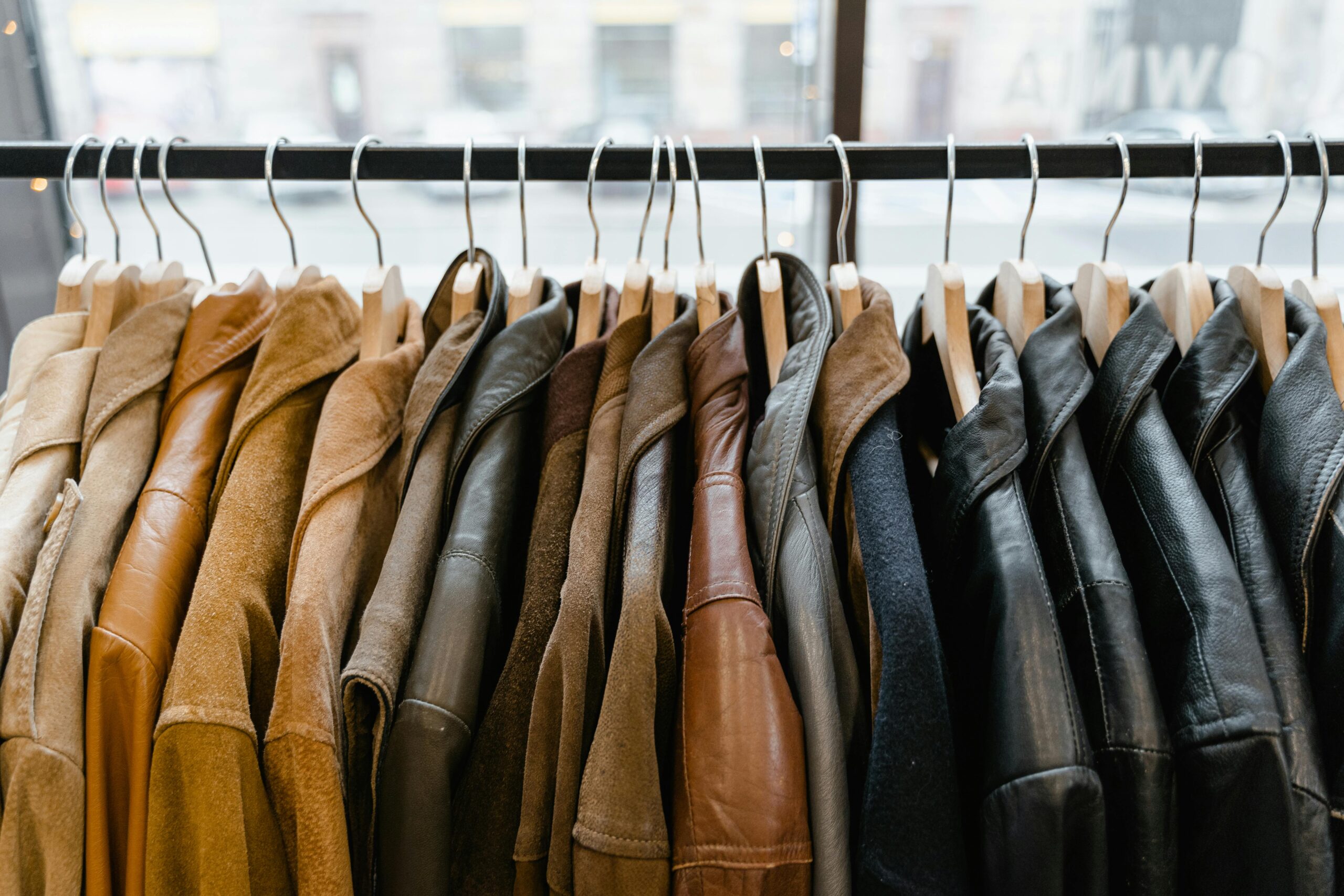Over the past year, a quiet but powerful shift has been reshaping India’s textile export landscape. It’s not coming from global conglomerates or mass retailers but from hundreds of emerging fashion labels across Europe, the US, Australia, and the Middle East.
These small, independent brands are redefining what global sourcing looks like, and Indian manufacturers are increasingly taking notice.
The Rise of Boutique Buyers
Driven by Gen Z values, conscious consumerism, and social media visibility, smaller fashion labels are thriving. They’re niche, fast-moving, and highly focused on quality and story over quantity and trend-chasing.
What they need from suppliers is very different from traditional bulk buyers:
-
Lower MOQs (Minimum Order Quantities)
-
Quick sampling and customization
-
Transparent pricing and sustainable practices
-
Direct and responsive communication
Indian exporters that once focused only on mass production are now adapting to meet this rising demand — and in return, finding higher margins, longer-term brand partnerships, and valuable word-of-mouth growth.
India–UK Free Trade Agreement: A Timely Boost
The recently concluded Free Trade Agreement (FTA) between India and the United Kingdom is another major driver of optimism. The deal eliminates tariffs of 8 to 12 percent on several Indian textile and garment products exported to the UK.
Export-oriented brands such as Gokaldas Exports, S.P. Apparels, and KPR Mill saw a direct surge in investor interest. With Europe remaining a high-margin market, this duty-free access is expected to significantly boost both order flow and profitability in the coming quarters.
What Makes India Attractive to These Brands?
-
Fabric Variety in One Place
From handwoven silks and jacquards to sustainable cottons, Indian markets like Surat, Ahmedabad, and Bangalore offer unmatched depth in textile options. -
Agile Garmenting Support
With more manufacturers offering design assistance, pattern making, and ready-to-stitch sampling, India has become a full-service destination for emerging designers. -
Eco-Conscious Production
Many smaller brands prioritize low-impact textiles, plant-based dyes, and transparent production and Indian suppliers are increasingly able to offer these through vertical integration. -
Cultural Appeal
Unique dyeing techniques, block printing, embroidery, and craftsmanship give small brands a story to tell and Indian textiles offer that richness in every detail.
Exporters Are Rethinking the Way They Sell
Rather than focusing only on trade fairs and agents, smart suppliers are:
-
Creating digital catalogs and fabric visualizers
-
Building Instagram-friendly portfolios
-
Offering easy WhatsApp or email onboarding for new buyers
-
Adding plug-and-play garment manufacturing services to attract fashion founders with no technical background
This shift isn’t just a trend, it’s a new business model.
A Growing Opportunity for Indian Exporters
According to data from global sourcing platforms, orders under 500 pieces have increased by 41% in the last 18 months. These may seem small, but they represent recurring business from loyal clients.
For exporters willing to work with flexibility and quality-first mindsets, this is a high-potential space that combines value, volume (over time), and brand visibility in premium global markets.
Conclusion
The next big opportunity in Indian textile exports might not come from the biggest names but from the boldest new ones. Small fashion brands are building the future of apparel retail, and they’re looking for partners who can move fast, deliver premium fabrics, and offer smart garmenting support.


